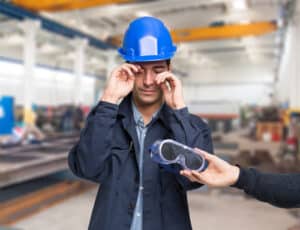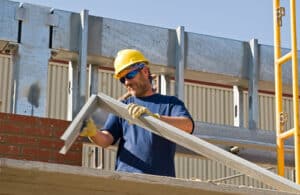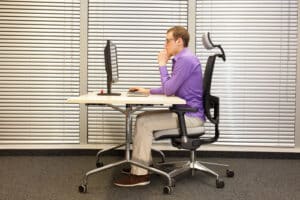March is Workplace Eye Wellness Month. Each year, around 25,000 people in the U.S. end up in the emergency room because of an eye injury at their workplace.
You don’t have to work in construction to be at risk of workplace eye issues. Keep reading to learn more about the importance of Workplace Eye Wellness Month and how you can protect your eyes while working!
Eye Health at Work

Most workplace eye injuries happen when something scratches or strikes the eye. Dangerous materials include metal bits, wood splinters, and dust.
Penetration is another common cause of many eye injuries. A victim may walk into something like a nail sticking out of a board.
Or, they may have an accident with a tool that ejects something into their eye. People who work with chemicals have a higher likelihood of sustaining some eye injury.
Cleaning products and industrial chemicals are the biggest causes of chemical and thermal burns. Everyone is vulnerable to eye diseases.
Working closely with people or animals can place you at increased risk as well. Medical practitioners and caregivers have an increased likelihood of developing an eye disease.
Working in the medical field may mean being exposed to fluids like blood or respiratory droplets. Bird flu, HIV, and hepatitis B can pass through direct exposure to infected eye mucus.
Personal Protection Solutions

Always wear safety goggles when handling chemicals. Clear lenses offer the best view and won’t interrupt any tasks you’re currently working on.
When you’re working with wood or metal, don safety glasses with tall sides, these shields protect against flying pieces and dust.
Welders have specific eye protection standards from OSHA. OSHA is the Occupational Safety & Health Administration.
These rules note what type of filter lenses will protect your eyes from welding and cutting. Green safety glasses are popular among welders because they block infrared radiation. This form of radiation can lead to other injuries.
People who work with yellow lighting or sodium vapor may use blue-tinted glasses. These models are popular for workers in food processing plants.
If you work the night shift, you may prefer yellow or amber tinted lenses. These colors brighten the environment, making things clearer after dusk.
If you work with fine particulates or chemicals, it may make sense to wear goggles with vents. The vents can prevent hazardous liquids from splashing into your eyes. They also reduce exposure to vapors.
Sunglasses
Wear sunglasses if you work outside. Look for a pair that will block out UVA and UVB rays from the sun for full protection. Sunlight exposure without sunglasses can build up over time.

Polarized lenses reduce glare. They’re great for people who spend a lot of time driving for their jobs. Darker tinted lenses are more polarized.
Polarized lenses are often brown or gray, but they can also be green or yellow. These glasses can reduce eye strain while still allowing you to see color.
Keep in mind that tinted lenses are not always polarized. Read the product description to ensure you’re getting a polarized pair.
Your eyes can get sunburned if you’re not wearing sufficient protection. The likelihood of this happening increases if you are in a snowy or water-based environment.
Always don sunglasses when boating or skiing to reduce reflective ray exposure. Wear UV-protective ski goggles to protect against the sun and the dry, cold air.
Mirrored goggles or glasses reduce the amount of light entering your eyes by up to 60 percent. These models are helpful for people who work in sandy, snowy, or water environments.
Helmets or Face Shields

Construction workers, people in maritime industries, and those who work around flying objects should wear helmets with face shields.
For example, an arborist should wear a helmet and shield when using a chainsaw. This equipment can prevent wood chips and sawdust from getting into their eyes.
People who work with metal cutters may prevent injuries from metal shavings and chemicals by wearing a helmet and face shield.
You may upgrade your workplace safety gear to a face shield if you don’t want to wear goggles. Some people prefer pairing goggles or glasses with a shield to protect their face and their eyes.
Screen Etiquette
Working on a computer may not seem like a hazard, but screen positioning can greatly impact your eye health.
Position your computer screen slightly below where your natural gaze hits. This change prevents eye strain as your eye muscles no longer need to work as hard.

Lowering your computer also protects your eyes from dust. Your eyelids will lower, which offers better protection against dryness like from the HVAC system.
Some people wear amber or “blue light” glasses while working on computers. These models block glare and reduce eye strain. You can get blue light blocking prescription lenses from your eye doctor’s office.
Avoid slouching. Place your face at least 18 inches from the computer screen and keep your feet flat on the floor.
Position your keyboard so your elbows are at a 90-degree angle. This position prevents slouching. Slouching leads to muscle tension in the shoulders and back that can restrict blood flow to the eyes.
Make sure you take regular breaks from the computer to avoid eye strain and dry eyes. Work for 20 minutes, then look at something 20 feet away for 20 seconds.
This is something that’s known as the 20-20-20 rule, and it helps keep your eyes from getting too tired if you’re completing computer work. Get away from the screen often so your eyes can rest.
If you’re looking for comprehensive eye care, look no further than Takle Eye Group in Griffin, GA. Our practice provides treatment for various eye care needs, including cataract surgery, cornea conditions, glaucoma, and more.
Schedule an appointment with one of our expert ophthalmologists today! When it comes to keeping your eyes healthy and happy in the workplace, having a trusted eye doctor is the first step.




